'DuaeUu 7-7-2007 yg/ wpfoufrSm wpfcgyJBuHKwwf&wJh tcsdeftcgrsdK;av;udk uRefawmfwdkUawG tckBuHKcJh&NyDav/ 'DaeU'Dtcsdeftcgvdk 07-07-07 jzpfzdkUqdkwm aemufxyfESpfaygif;wpf&m 2107 ckESpfusrS xyfrHqHkawGU&rSmqdkawmh uRefawmftaeeJU xyfrH BuHKqHkzdkUqdkwm uHaouHr ajymEdkif& avmufatmif rusdrf;aobl;av/ tJ'gaMumifh wpfoufrSm wpfcgwm BuHKawGUEdkifw,fvdkU ajymrdwm uRefawmf rvGefbl;vdkU qdkEdkifygw,faemf/
BuHKawmihfBuHKcJ 'DvdktcsdeftcgtwGuf urÇmwpf0Srf;rSmawmh xll;xl;jcm;jcm; tpDtpOfawG? aysmfyGJ&TifyGJawGudk usif;yzdkU pDpOfxm;MurSmyg/ tJ'DtpDtpOfawGxJu uRefawmf &ifckefpdwf0ifpm;wJh tpDtpOfwpfckuawmh New 7 Wonders aMunmr,fh tpDtpOfyg/ qGpfZmvefEdkifiH New 7 Wonders tzGJUu07-07-07 rSm urÇmtHzG,f topftjzpf a&G;cs,fcHxm;&wJh ae&m-ckepfckudk ay:wl*DEdkifiH vpfpbGef;NrdKUrSm aMunmrSmyg/ (The New 7 Wonders of the World will be announced during the OfficialDeclaration ceremony in Lisbon, Portugal on Saturday, July 7, 2007 -07.07.07.) ay:wl*DEdkifiHu Zumwif a&G;cs,fvsmxm;wJh tHzG,fpm&if;xJrSm rygwJhtwGuf qkaMunmr,fh Mum;aeEdkifiHtaeeJU a&G;cs,fcH&wmyg/
a&G;cs,fzdkU vsmxm;wJh pm&if;xJrSm -
1. The Acroplis of Athens (450-330 B.C) Athens, Greece 2. Alhambra (12th century) Granada, Spain 3. Angkor (12th century) Cambodia 4. The Pyramid at Chichén Itzá (before 800 A.D.) Yucatan Peninsula, Mexico 5. Christ Redeemer (1931) Rio de Janeiro, Brazil 6. The Roman Colosseum (70 - 82 A.D.) Rome, Italy 7. Statues of Easter Island (10th - 16th Century) Easter Island, Chile 8. The Eiffel Tower (1887 - 89) Paris, France 9. The Great Wall of China (220 B.C and 1368 - 1644 A.D.) China 10. The Hagia Sophia (532 - 537 A.D.) Istanbul, Turkey 11. Kiyomizu Temple (749 - 1855) Kyoto, Japan 12. The Kremlin and Red Square (1156 - 1850) Moscow, Russia 13. Machu Picchu (1460-1470), Peru 14. Neuschwanstein Castle (1869 -1884) Schwangau, Germany 15. Petra (9 B.C. - 40 A.D.), Jordan 16. The Pyramids of Giza (2600 - 2500 B.C), Egypt 17. The Statue of Liberty (1886) New York City, U.S.A. 18. Stonehenge (3000 B.C. - 1600 B.C.) Amesbury, United Kingdom 19. Sydney Opera House (1954 - 73) Sydney, Australia 20. The Taj Mahal (1630 A.D.) Agra, India 21. Timbuktu (12th century) Mali pwmawG yg0ifygw,f/
rJay; a&G;cs,f&rSmu ckepfckyJ jzpfawmh rJay;&wmawmif tm;rvdk tm;r&jzpfrdw,f/ uRefawmfwdkU jrefrmEdkifiHu ajymifajrmufwJhAdokum tEkynmvuf&mawG xHkrGrf;xm;wJh a&S;a[mif;bk&m;awG vufndK;xdk;rvGJ wnf&dSaewJh yk*Ha&S;a[mif;e,fajr ygrvmwmudkawmh qdkUepfaMuuGJcHpm;rdygw,f/ uRefawmhf pdwfxJrSmuawmh pGJaqmifrI aumif;vGef;wJh urÇmtHzG,fawGu ckepfckru &dSaecJhygw,f/ 'geJUyJ rJaMunmr,fh 07-07-07 eJU 21&uftvdk 15.6.2007rSm uRefawmfpdwfBudKuf tHzG,f ckepfckudk wpfoufrSm wpfcgyJBuHK&wJh ordkif;0ifr,fh tcGifhta&;taeeJU urÇmol urÇmom;wpfOD; taeeJU rJay;a&G;cs,fcJhygw,f/ 'gayr,fh uRefawmfpdwfBudKuf a&G;xm;wJhtHzG,fawGu tjcm;olawGeJU tBudKufcsif; wlcsifrS wlMurSmyg/ vlwpfudk,f tBudKufwpfrsdK;yJav/
uRefawmf &ifckefoHxyfwljyKNyD; a&G;cs,fcJhwJh tHzG,f ckepfcku atmufu pm&if;rSm pkpnf;azmfjyxm;wmawGygyJ/
1. The Acroplis of Athens (450-330 B.C) Athens, Greece 2. Angkor (12th century) Cambodia 3. The Roman Colosseum (70 - 82 A.D.) Rome, Italy 4. The Great Wall of China (220 B.C and 1368 - 1644 A.D.) China
5. Petra (9 B.C. - 40 A.D.), Jordan
6. Sydney Opera House (1954 - 73) Sydney, Australia 7. The Taj Mahal (1630 A.D.) Agra, India
1. The Acroplis of Athens (450-330 B.C) Athens, Greece
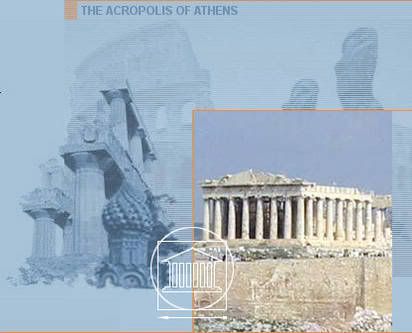
2. Angkor (12th century) Cambodia
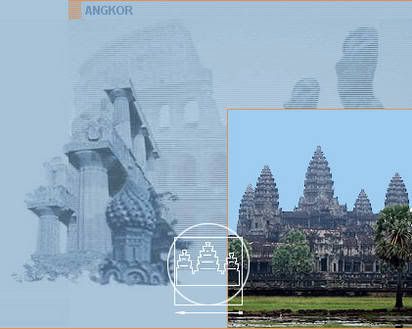
3. The Roman Colosseum (70 - 82 A.D.) Rome, Italy
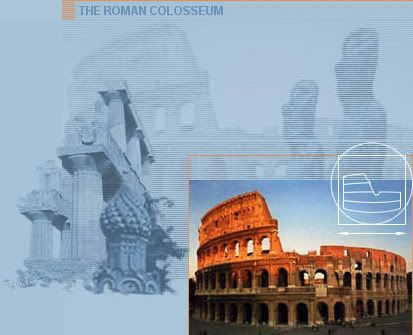
4. The Great Wall of China (220 B.C and 1368 - 1644 A.D.) China
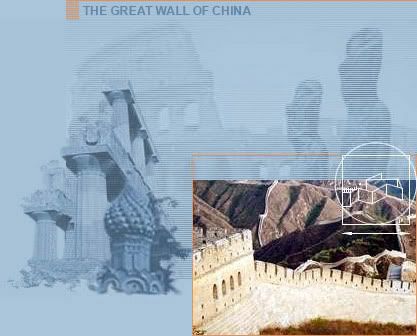
5. Petra (9 B.C. - 40 A.D.), Jordan

6. Sydney Opera House (1954 - 73) Sydney, Australia

7. The Taj Mahal (1630 A.D.) Agra, India
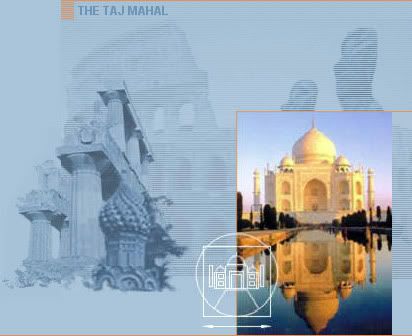
uRefawmftaeeJU tHzG,f ckepfckudk rJay;a&G;cs,fcJhwJh t"du tcsufawGuawmh
for the Acropolis, because it is a great symbol of - Civilization & Democracy!
for Angkor, because it is a great symbol of - Beauty & Sanctity!
for the Colosseum, because it is now a symbol of - Joy & Suffering!
for the Great Wall of China, because it is incredible proof of - Perseverance & Persistence!
for Petra, as it is a great symbol of - Engineering & Protection!
for the Sydney Opera House, because it reflects - Abstraction & Creativity!
for the Taj Mahal, the greatest symbol of - Love & Passion! aMumifhyJ jzpfygw,f/
07-07-07 &JU rsm;rMumrDaom tcsdeftawmtwGif;rSmyJ urÇmhtHcsD;zG,f topf ckepfck&JU pm&if;udk ay:wl*DEdkifiHrSm xkwfjyefaMunmawmhrSmyg/ b,fEdkifiH&JUtHzG,fu urÇmh tHcsD;zG,f topfckepfck&JU pm&if;udk 0ifvmrvJqdkwmudk &ifckefpGmeJU apmifhpm;MunfUMuwmayghAsm/ udk,fxifxm;rSef;xmwmawG jzpfrvm&if ta&G;rcH&&ifvnf; 07-07-07rSm aysmfaysmfyg;yg;av;yJayghaemf/
Credit to- http://www.new7wonders.com




No comments:
Post a Comment